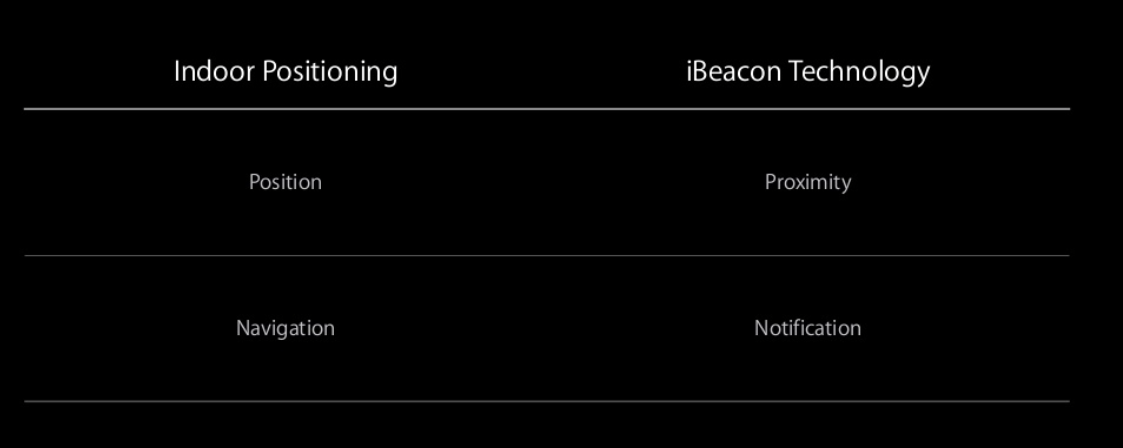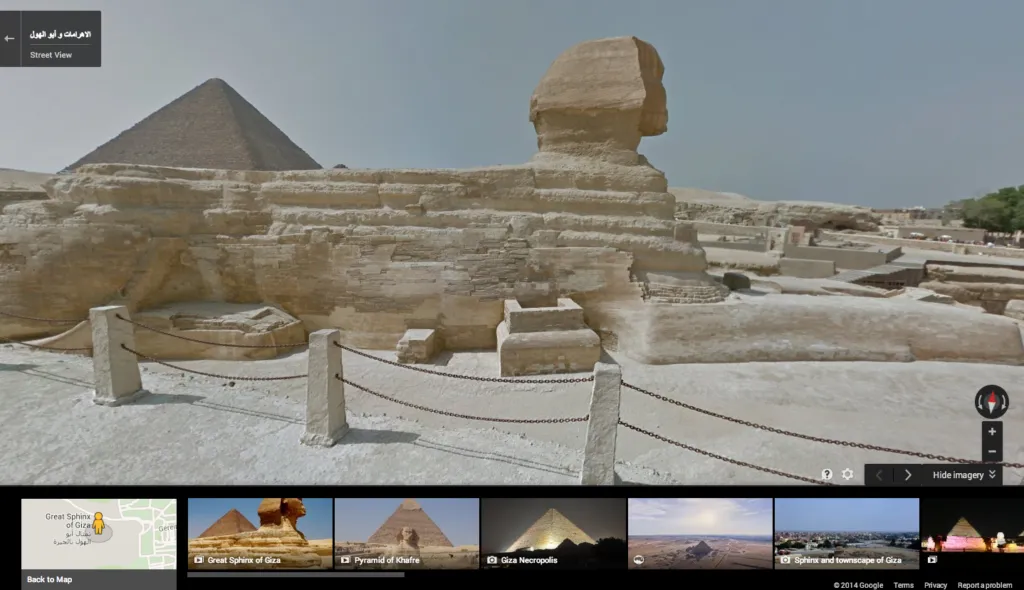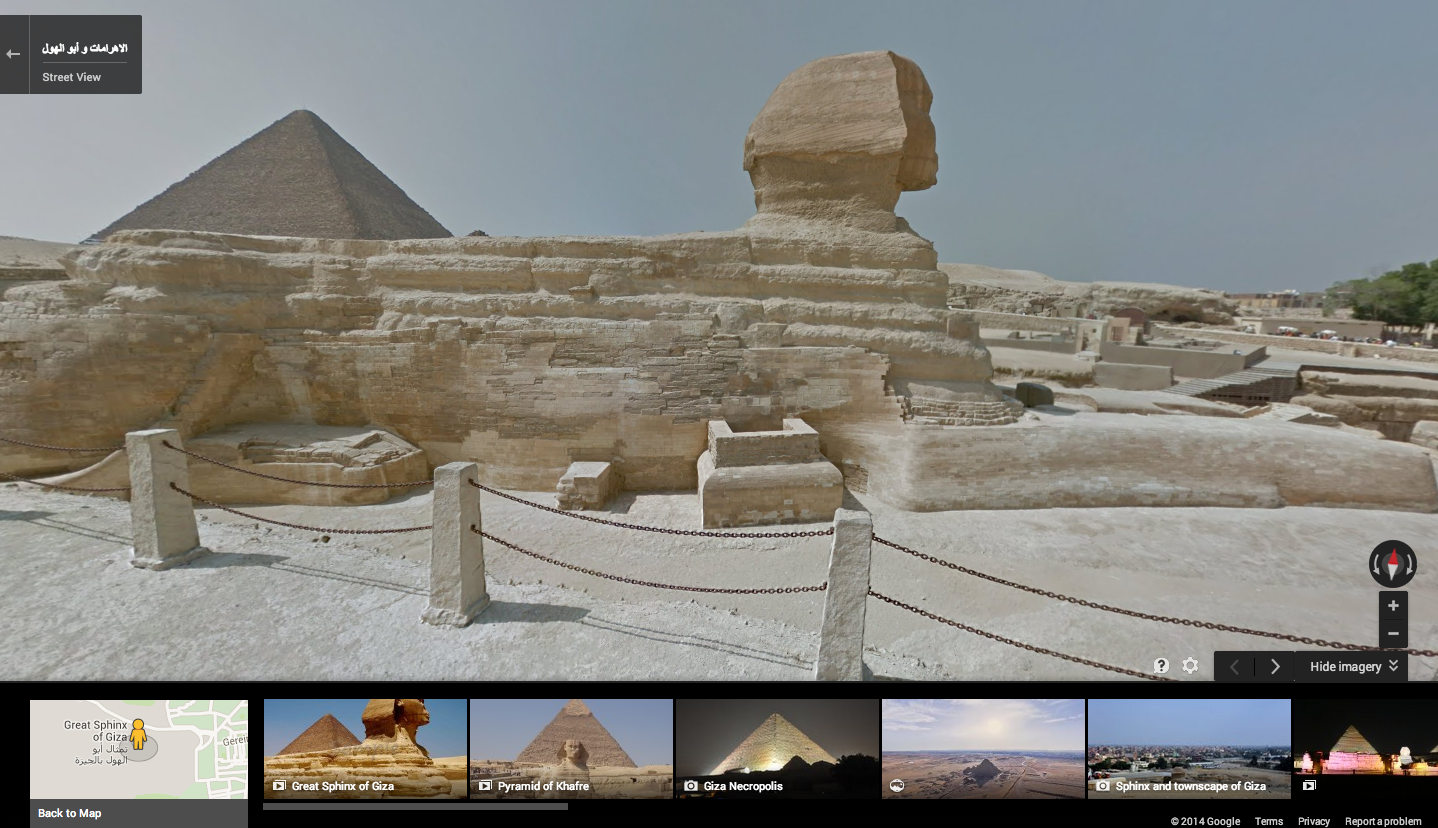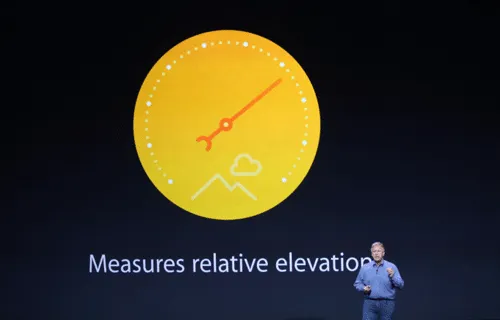
With iPhone 6 and iOS8 Apple starts to be serious about indoor location.
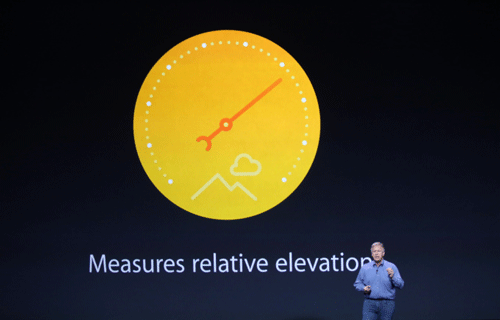 Last week Apple unveiled its new smartphone models: iPhone 6 and iPhone 6 Plus. They’re both exceptionally well designed pieces of hardware. But what’s most exciting from geo-perspective is that both phones include the M8 motion coprocessor with a barometer on top of the accelerometer, gyroscope, and compass. The barometer senses air pressure allowing to calculate relative elevation, which is a key feature to phone positioning between floor levels.
Last week Apple unveiled its new smartphone models: iPhone 6 and iPhone 6 Plus. They’re both exceptionally well designed pieces of hardware. But what’s most exciting from geo-perspective is that both phones include the M8 motion coprocessor with a barometer on top of the accelerometer, gyroscope, and compass. The barometer senses air pressure allowing to calculate relative elevation, which is a key feature to phone positioning between floor levels.
iOS8 AND CORE LOCATION API
This will allow to add floor number parameter to X,Y coordinates in new CoreLocation API unveiled at the annual Apple’s WWDC2014 (Worldwide Developer Conference) in San Francisco in June. According to Apple’s presentation the API will use RF parametric data as well as motion sensors data from its M8 chipset for indoor positioning.
WiFiSLAM
Apple has been working on indoor location technology for a while now. In March 2013 it acquired WiFiSLAM – company founded by a few ex-Googlers which allows to track indoor location with 2.5m accuracy using only ambient Wi-Fi signals that are already present in buildings. The technology requires an initial fingerprinting of a building even if this fingerprinting can be done only by walking through the building with a Wi-Fi-enabled smartphone.
iBEACON ARE EVERYWHERE
Another piece of the indoor equation is iBeacon technology. It uses low energy Bluetooth 4.0 for proximity positioning. Why is important? Finding your way inside a building is cool, but what happens when you reach your destination…? That’s the most important part of your indoor journey for marketers and many app developers. iBeacons can trigger an action on your phone based on your proximity. For example you could get push notification with coupons or it could trigger particular app to wake up. iBeacon could be also installed in a places like exhibitions, museums or simply stores and it could provide you with some extra information about particular objects. What’s worth mentioning they work both indoors and outdoors.
MAPS
OK. But we cannot forget that positioning technology determines only your location. For navigation purposes we still need the next component with are maps. Good maps. Apple do not comment much on that matter. We know that Apple enabled three locations with maps around San Francisco, so that developers could test its API in a live environment: the California Academy of Sciences and the Westfield SF Center shopping mall downtown San Francisco as well as Mineta San Jose International Airport down in the Silicon Valley. On the other had we know that TomTom is Apple’s major map provider, and TomTom signed a deal with Micello who is one of the biggest suppliers of indoor map data with over 15000 floor plans in a database.
It seems that indoor positioning will finally move from being “the next big thing” to everyday reality.
source: GPS Business News



